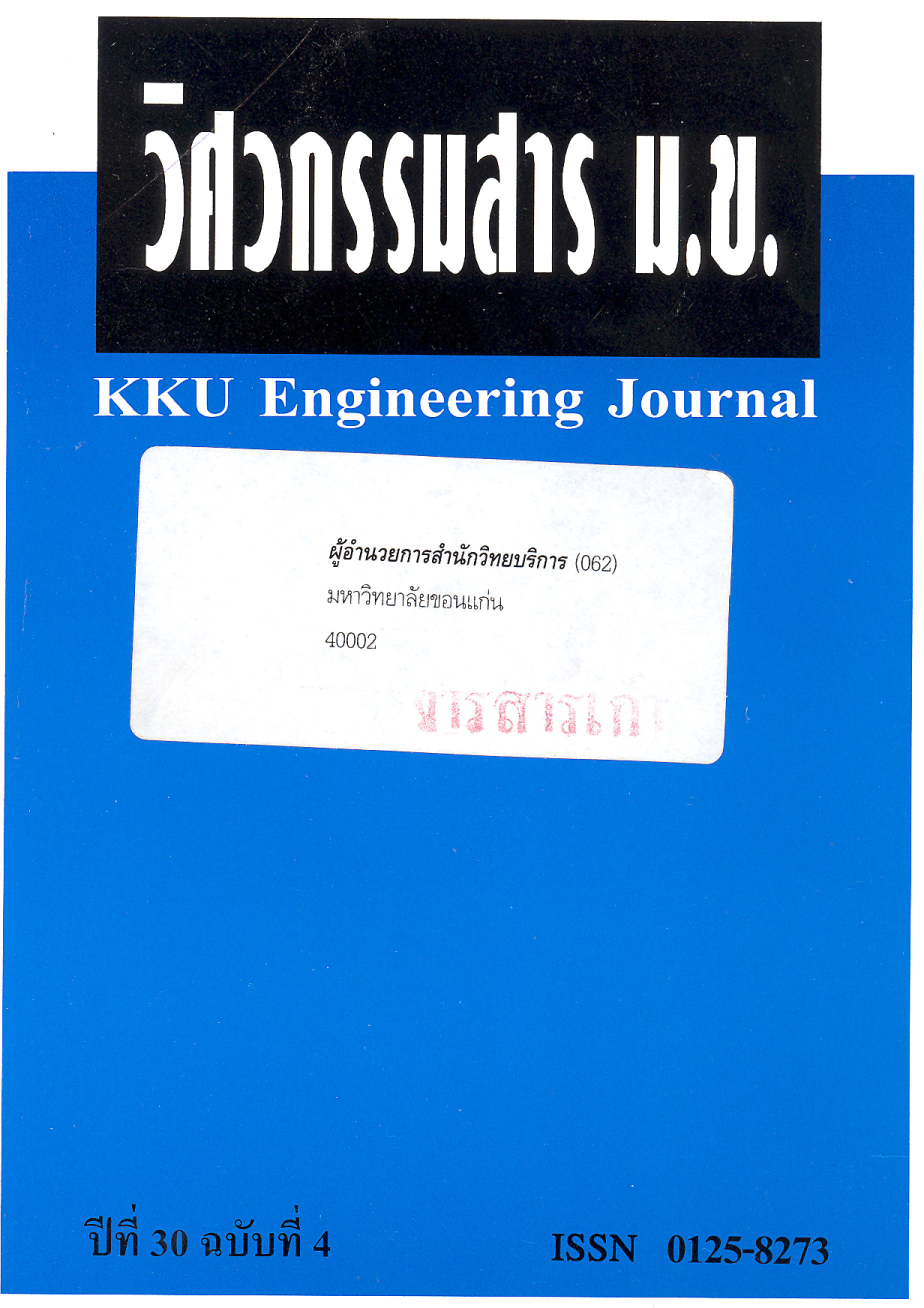Production of Activated Carbon from Coconut Shell for Heavy Metal and Dye Removal
Main Article Content
Abstract
This research work is a study of producing activated carbon from coconut shell. The objective of this study is to find the optimum condition for producing activated carbon from coconut shell in order to obtain activated carbons with high surface area. This project also emphasized on the determination of the amount of chromium in this project. The variables that are interested in producing activated carbon in this study ate duration time and activation temperature. The results show that the optimum condition for producing highest surface area (the highest iodine number, 754) and the highest percent yield (35.12%) are at the activation temperature of 850ºC for either 1 or 2 hrs. with co2 as an activated gas. The result is indicated that the activated carbon producing by activation at 650ºC for 1 hr. with co2 can adsorb chromium ion as much as 2.734 ppm/g while the activated carbon producing from the same condition but at longer time of activation (2 hrs.) would adsorb the maximum amount of dye of 0.21 ppm/g
Article Details
This work is licensed under a Creative Commons Attribution-NonCommercial-NoDerivatives 4.0 International License.



